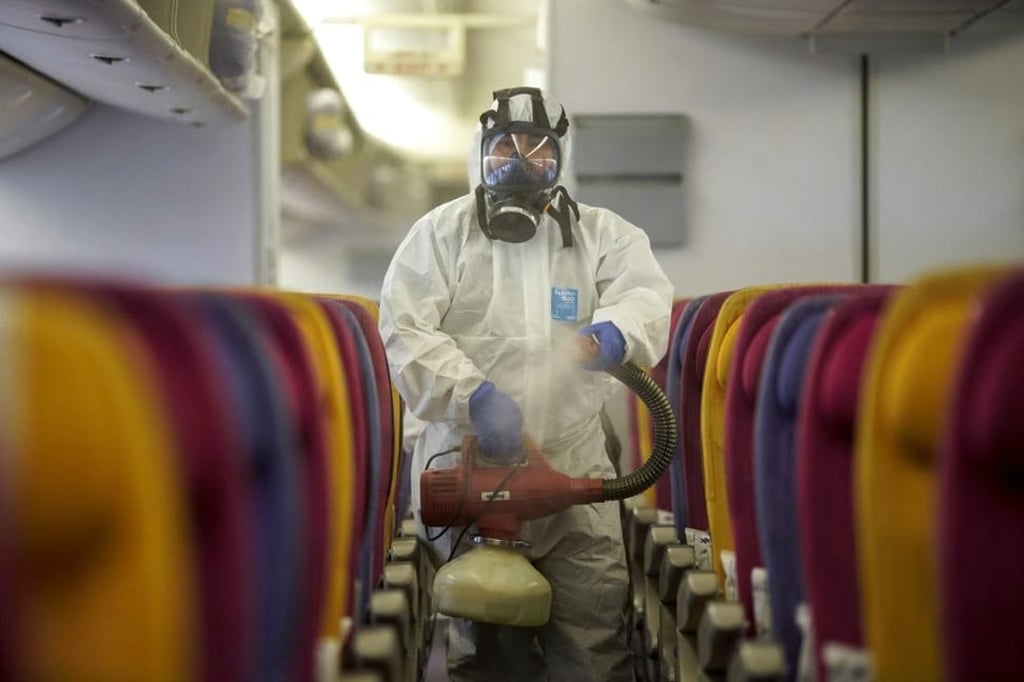Coronavirus: What the world’s airlines are doing to protect passengers and crews from becoming infected

American, United, Cathay Pacific and Thai airways are taking extra precautions on top of what health officials recommend to keep their staff and travellers safe
As the new coronavirus continues to spread, many airlines around the world have cancelled flights to China, the virus’ epicentre.
Flight cancellations and route suspensions have more to do with economics than epidemics, though. Demand for travel to China has plummeted as companies cut back on business travel because of the virus, people with family members in the country postpone visits, and entire regions of the country are quarantined.

While halting flights to China reduces the risk of the virus spreading, it doesn’t eliminate it. New reports about the virus suggest it may be possible to spread among people who are asymptomatic, or not showing any symptoms. As the virus continues to emerge in other countries and populations, global travel could continue to be a vector for transmission.
That’s why, despite cutting services to China, airlines are taking precautions to help protect crews and passengers from the mysterious virus. Here’s what you need to know.
The CDC advises airlines to monitor passengers for symptoms

In late January, the Centres for Disease Control and Prevention (CDC) issued a list of recommendations for airlines. The actions listed are not mandatory, but they suggest useful practices for the transport sector, especially when it comes to protecting crew members.
One of the most important steps is reporting sick passengers to health officials.
Federal regulations require airlines to report ill travellers with certain symptoms to the CDC before landing in the United States. Passengers who have been in China with a fever that’s lasted for more than 48 hours, or a fever plus a cough, difficulty breathing, or who appear “obviously unwell”, all fit the criteria, even on flights that are not directly from China.